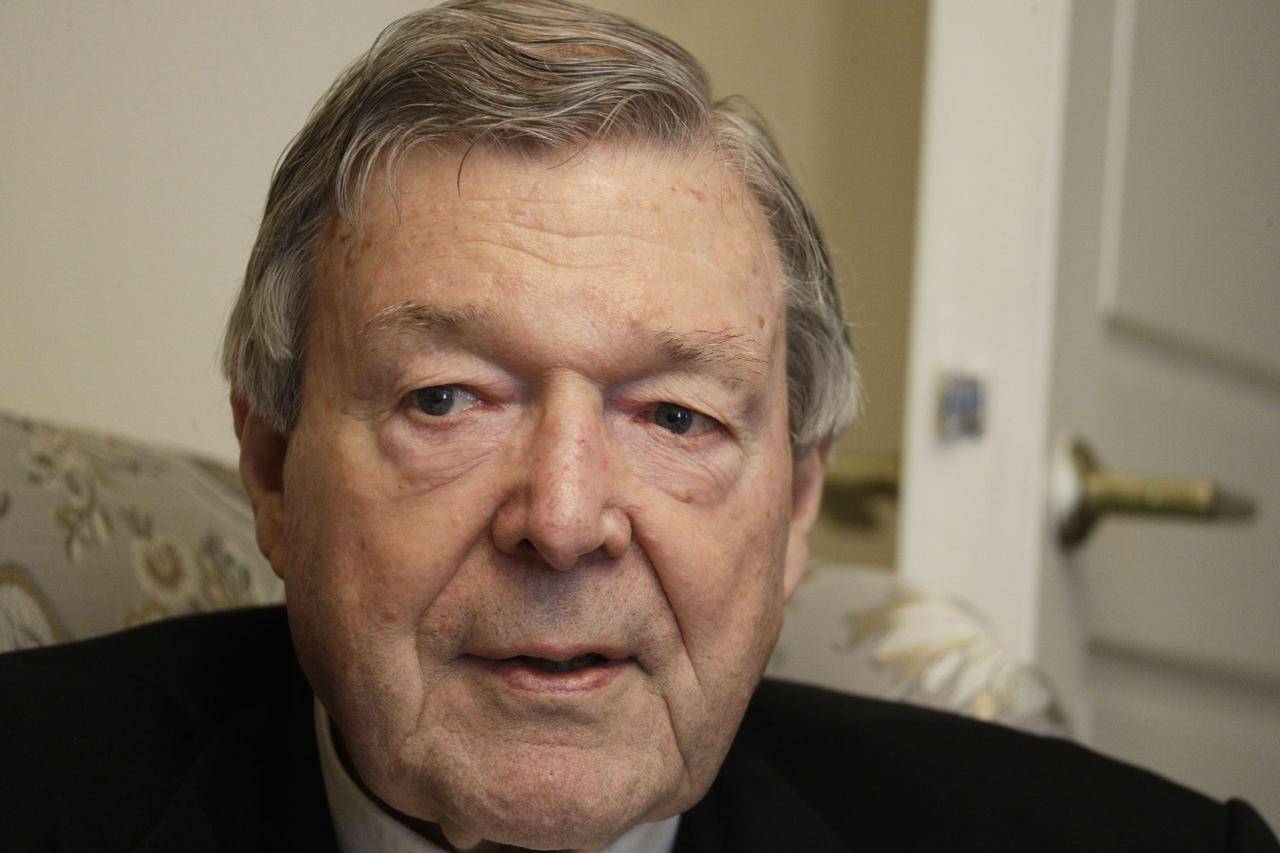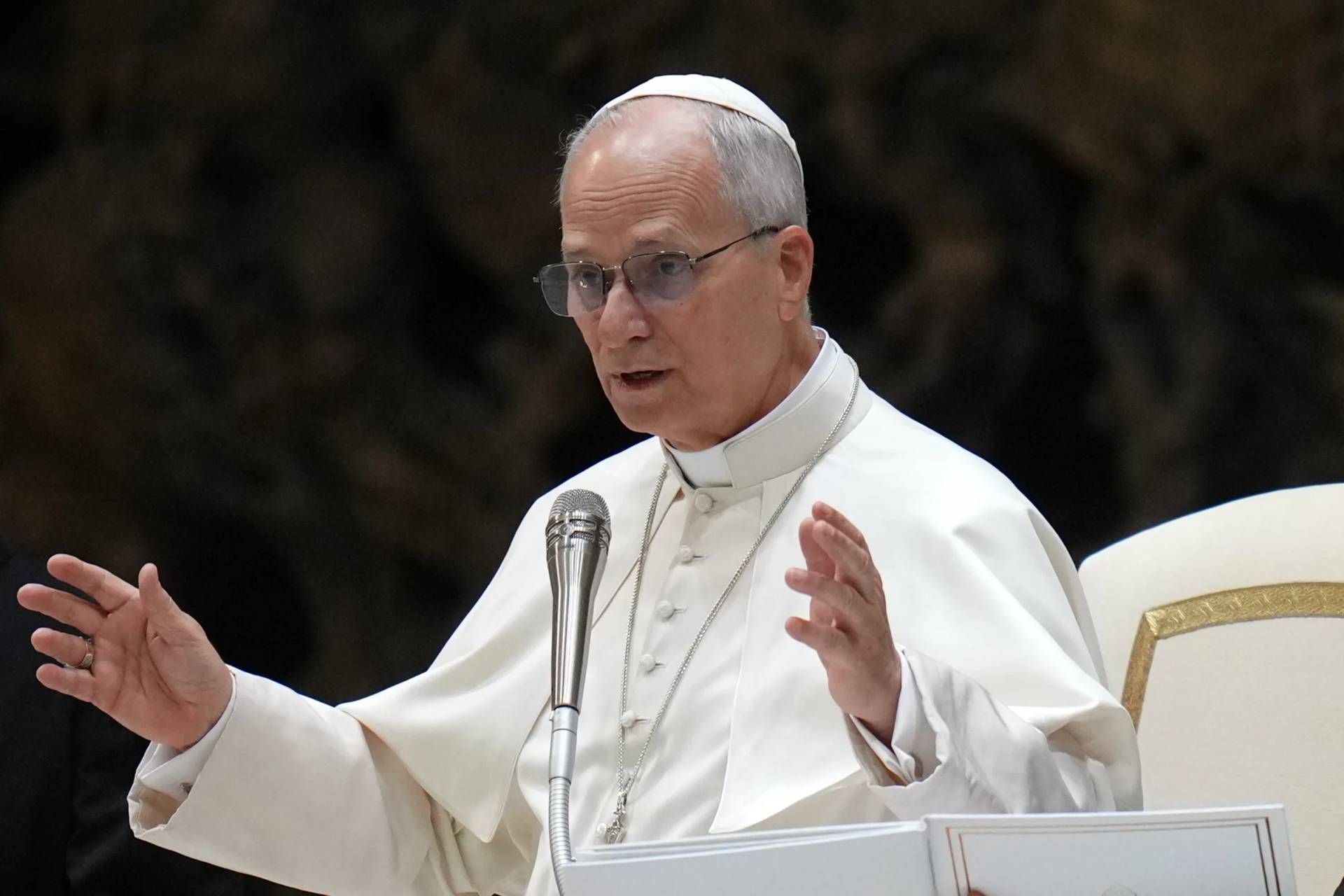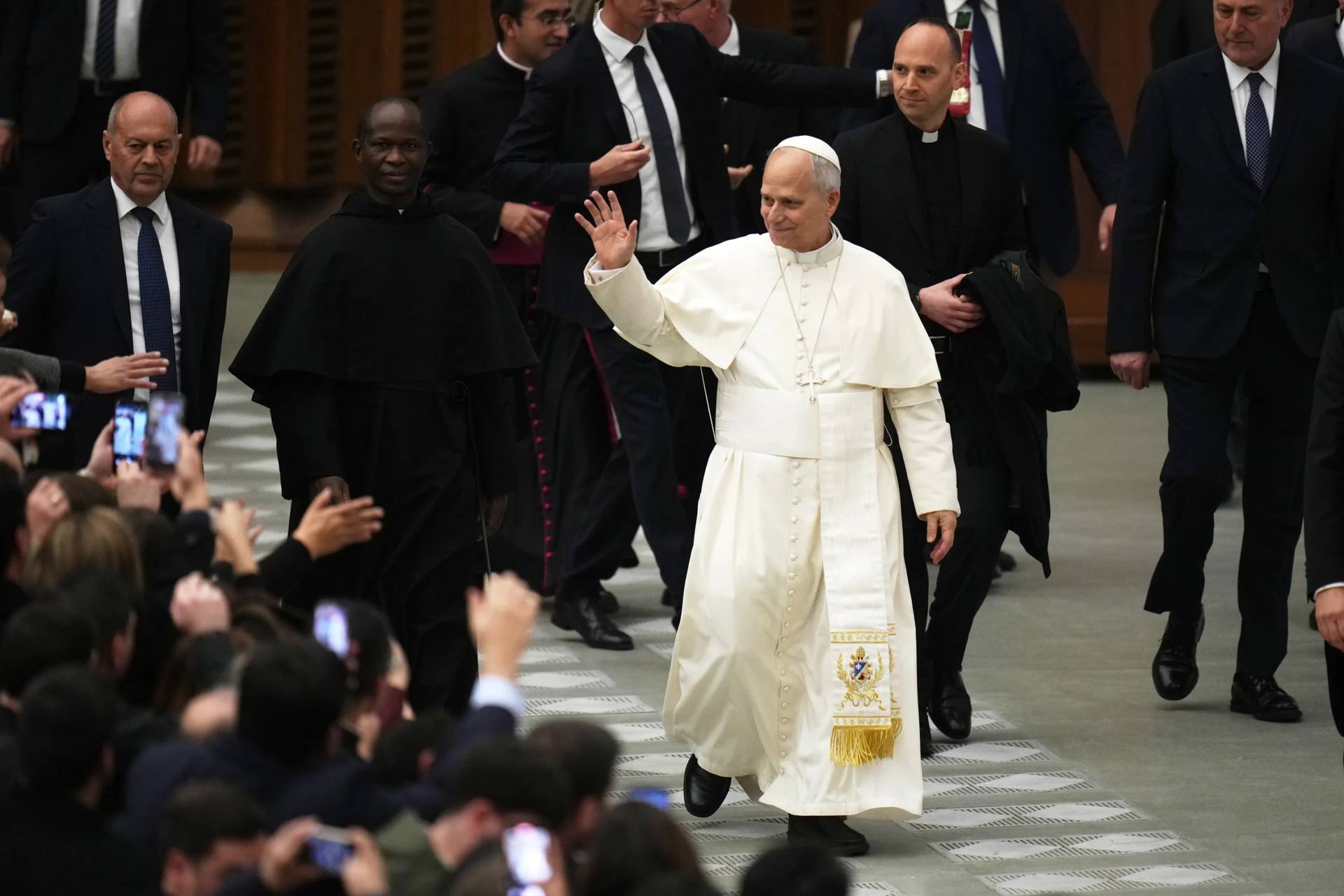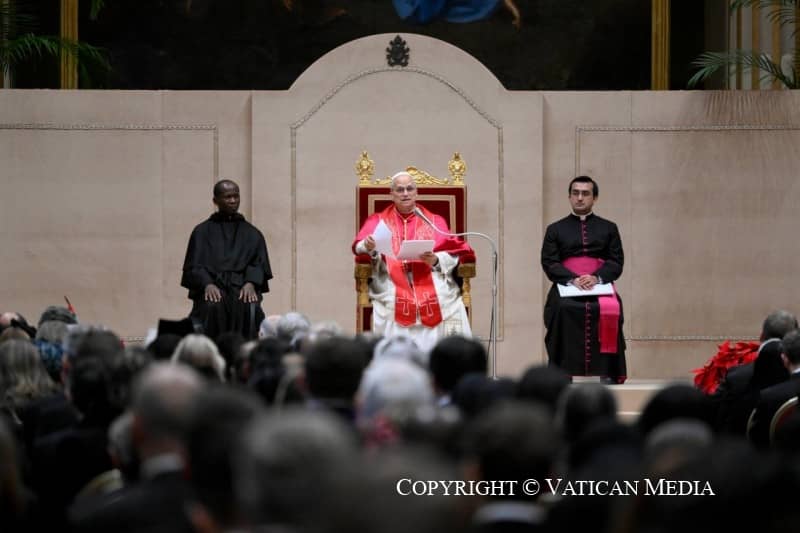On the eve of the U.S. Catholic bishops-sponsored Religious Freedom Week (June 22-29), the Supreme Court provided a bit of good news for religious liberty advocates by allowing a memorial cross to continue to stand on public land in Maryland.
The 40-foot-tall monument, commonly referred to as the Peace Cross, had been built between 1919 and 1925 in the town of Bladensburg as a memorial for the 49 area residents who died in World War I.
In 2015, the American Humanist Association launched a legal challenge to the cross existing on public land – it’s located on a highway median – and called for it to be either moved or have the arms of the cross knocked off to create a “nonreligious” slab or monolith.
Although a district court said the monument didn’t violate the Constitution’s establishment clause, the United States Court of Appeals for the Fourth Circuit overturned the lower court decision concluding the public support of the Peace Cross had “a primary effect of endorsing religion and excessively entangles the government and religion.”
The court ordered the memorial be either changed to a non-religious symbol or razed altogether.
Thursday’s Supreme Court, in a 7-2 decision, said the cross could stay. (Justices Ruth Bader Ginsburg and Sonia Sotomayor dissented.)
Writing for the majority, Justice Samuel Alito said, “when time’s passage imbues a religiously expressive monument, symbol or practice with this kind of familiarly and historical significance, removing It may no longer appear neutral.”
“A government that roams the land, tearing down monuments with religious symbolism and scrubbing away any reference to the divine will strike many as aggressively hostile to religion,” the justice said.
This is not to say this a great turning point in the place of religion in the public square: The decision was very narrow, even confusingly so.
Here is how the decision was announced:
“ALITO, J., announced the judgment of the Court and delivered the opinion of the Court with respect to Parts I, II–B, II–C , III, and IV, in which ROBERTS, C.J., and BREYER, KAGAN, and KAVANAUGH, JJ., joined, and an opinion with respect to Parts II–A and II–D, in which ROBERTS, C.J., and BREYER and KAVANAUGH, JJ., joined. BREYER, J., filed a concurring opinion, in which KAGAN, J., joined. KAVANAUGH, J., filed a concurring opinion. KAGAN, J., filed an opinion concurring in part. THOMAS, J., filed an opinion concurring in the judgment. GORSUCH, J., filed an opinion concurring in the judgment, in which THOMAS, J., joined.”
(“You can hear the lower court judges popping open their ibuprofen now,” said one Catholic lawyer on Facebook.)
In other words, it is actually hard to figure out what the Supreme Court said, except that the government shouldn’t go around and tear down 100-year-old war memorials because they are in the shape of a cross – although there are probably hundreds of similar memorials around the country.
What the decision doesn’t do, at least at first glance, is change anything about the erection of new monuments: It is still allowed if it doesn’t seem to endorse one religion, such as when a Nativity scene is set up next to a menorah, or – as has recently happened – the Ten Commandments gets a Satanic Temple statue placed alongside it.
It doesn’t overturn the 2005 decision which ordered Kentucky courthouses to remove their monuments of the Ten Commandments, which were the only displays in the area.
However, the Supreme Court has tried to advance two principles which have been lacking in lawsuits such as the one filed by the American Humanist Association: Civility and common sense.
“For nearly a century, the Bladensburg Cross has expressed the community’s grief at the loss of the young men who perished, its thanks for their sacrifice, and its dedication to the ideals for which they fought,” Alito writes.
“The Religion Clauses of the Constitution aim to foster a society in which people of all beliefs can live together harmoniously, and the presence of the Bladensburg Cross on the land where it has stood for so many years is fully consistent with that aim,” the justice continues.
The Court also notes what should be obvious: Although the cross is traditionally a religious symbol, it is often used by secular organizations for secular purposes.
The prominent example in the decision is the International Committee of the Red Cross, which “shows how the meaning of a symbol that was originally religious can be transformed.”
“The International Committee of the Red Cross (ICRC) selected that symbol in 1863 because it was thought to call to mind the flag of Switzerland, a country widely known for its neutrality. The Swiss flag consists of a white cross on a red background. In an effort to invoke the message associated with that flag, the ICRC copied its design with the colors inverted. Thus, the ICRC selected this symbol for an essentially secular reason, and the current secular message of the symbol is shown by its use today in nations with only tiny Christian populations,” Alito writes for the Court.
Moreover, the Court says the religious symbolism doesn’t have to be entirely secularized in memorials for the dead.
“It is natural and appropriate for those seeking to honor the deceased to invoke the symbols that signify what death meant for those who are memorialized. In some circumstances, the exclusion of any such recognition would make a memorial incomplete. This well explains why Holocaust memorials invariably include Stars of David or other symbols of Judaism,” the decision reads.
So, this is not so much a victory on what some people view as a war on religious liberty, but more of a ceasefire on one particularly nasty front: The effort to destroy through the judiciary longstanding civic monuments and memorials because they have a religious symbol.
Or, as that aforementioned Catholic lawyer put it: The court said, “pound sand, you iconoclastic twerps.”
Follow Charles Collins on Twitter: @CharlesinRome
Crux is dedicated to smart, wired and independent reporting on the Vatican and worldwide Catholic Church. That kind of reporting doesn’t come cheap, and we need your support. You can help Crux by giving a small amount monthly, or with a onetime gift. Please remember, Crux is a for-profit organization, so contributions are not tax-deductible.














